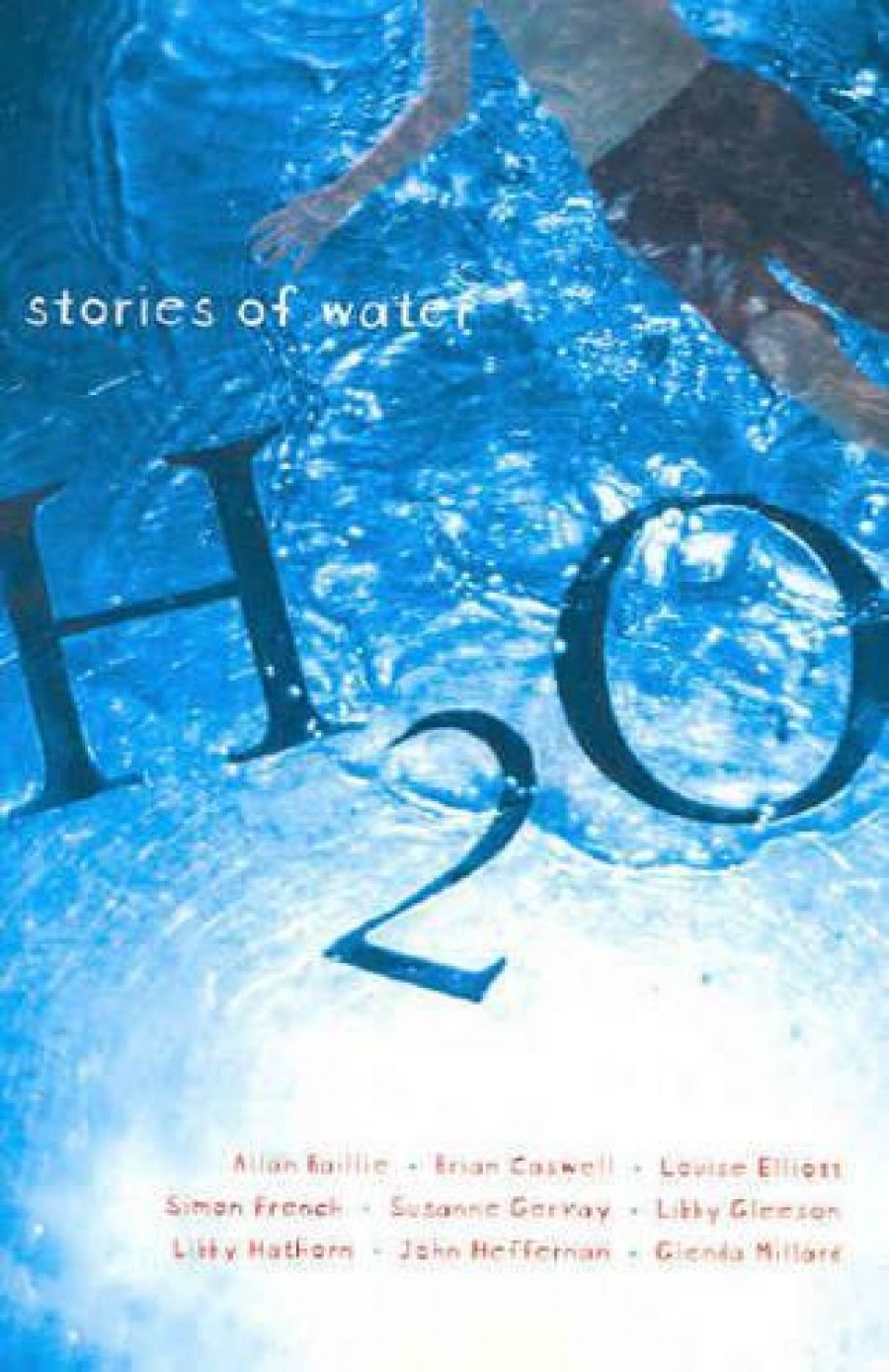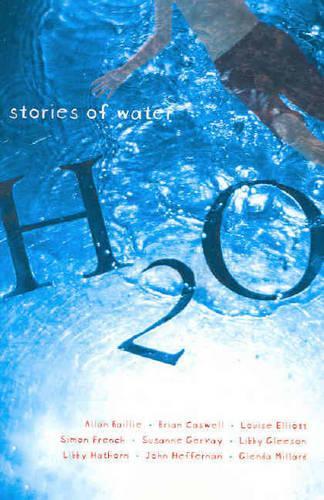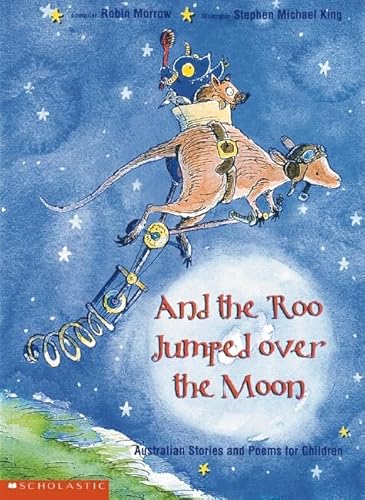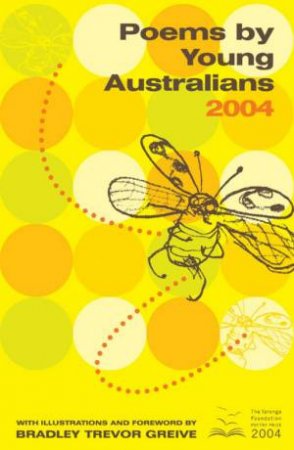
- Free Article: No
- Contents Category: Children's and Young Adult Fiction
- Review Article: Yes
- Article Title: Next Generation
- Online Only: No
- Custom Highlight Text:
Putting together a collection or anthology is not as easy as it looks. There are decisions to be made about theme, order and intent, which are often based on the intended audience. Three recent anthologies for children show that, in children’s literature at least, originality and diversity are achievable.
- Book 1 Title: H2O
- Book 1 Subtitle: Stories of Water
- Book 1 Biblio: ABC Books, $18.95pb, 170pp
- Book 1 Cover Small (400 x 600):

- Book 1 Cover (800 x 1200):

- Book 2 Title: And the Roo Jumped Over the Moon
- Book 2 Subtitle: Australian Stories and Poems for Children
- Book 2 Biblio: Scholastic, $14.95pb, 96pp
- Book 2 Cover Small (400 x 600):

- Book 2 Cover (800 x 1200):

- Book 3 Title: Poems By Young Australians Vol. 2
- Book 3 Biblio: Random House, $12.95pb, 96pp
- Book 3 Cover Small (400 x 600):

- Book 3 Cover (800 x 1200):

While animals and the environment are the most popular topics (the awards focus on both issues, and there is a special Wildlife Prize), the anthology also includes poems about grandparents, a war cemetery, a nosebleed and a missing maths book. Many of the environmental poems are powerful and vivid, and demonstrate that, however much politicians pretend otherwise, this generation is well aware of the effects of pollution and the deterioration of our natural world. There are several poems on the loss of animal species. In ‘The Deserved Apology’, the poet says: ‘The biggest apology / Is owed to / The next generation. / Sorry for the damage, / Sorry for the pollution, / Sorry for our failure to stop.’
Most of the poets who chose to use rhyme handle it well. Only occasionally does a poem drift towards doggerel. The language is lively, with some wonderful imagery, such as ‘little commas’ (‘Marsh Frog Tadpoles’); ‘Irrigated green lawns / Like a velvet noose / Strangle / The native scrub’ (‘The Roll Call of Mammals Lost’); and ‘Our house / Stands tall in the treetops / with its ankles wet in summer’ (‘Queensland Day, Queensland Night’).
The poets’ ages range from seven to nineteen, with a group poem from Year 2 at the German International School. Several poets are represented by two poems. The quality of this collection bodes well for the future of Australian poetry.
And the Roo Jumped over the Moon is unusual in that it includes both poetry and stories. It took me back to books I read as a child when this combination seemed to be more common. When I opened this collection, I knew it would be a fun experience, rather than something ‘worthy’, aimed at a school curriculum. Stephen Michael King’s colourful illustrations beam from every page: from a bird waiting patiently at the top of a wormhole, to a small child tearing down a grassy hill. Most of the poems rhyme, with bouncing rhythms that make them enjoyable to read aloud. Those who want to write rhyming poems for children should read these to see how the best work – no clunky bits, no forced rhymes or twisted syntax. The stories are short, and many would make good picture books, with the rhythm, repetition and comical build-up of disasters that small listeners love.
Older children will enjoy this collection for the same reasons, and because it doesn’t have an infantile tone. The poets and writers include C.J. Dennis, Robin Klein, Judith Wright, Geoffrey Dutton, Norman Lindsay and Doug MacLeod. There are also plenty of less well-known writers, creating a wide variety of voices and subjects. Children will relate to being scared in a thunderstorm, to pesky flies and to exploring the creek. They will also get lots of laughs from gobble-problems, spotty cars and missing socks. This is a highly recommended collection.
We have been told that short story collections don’t sell in Australia, but it appears there is a steady market for them in the children’s and young adults’ area. H2O: Stories of Water is aimed at upper primary and early secondary school children. It will no doubt be used in schools and stocked in libraries, but is also likely to be picked up and enjoyed by many young readers independently.
The theme of water is explored in many different forms and locations – ocean, river, rock pool, waterhole, dam and flood – and a variety of voices. Family stories are in the majority, from a grandfather’s memories of fun at the waterhole to an aunt’s drowning that is kept a secret from the children. Sometimes water acts as a backdrop, but mostly it plays an important role in each story, threatening and liberating in turn.
The most successful stories are those with strong endings that surprise as well as satisfy. In ‘Lost Boat’, Shona’s conviction that she saw a boat tip over out at sea is tested to the limit; in the process, she finds new inner strength. ‘The Brilliant Idea Holiday’ creates the kind of dreadful chaos that has the reader wondering how on earth the writer could possibly resolve it – then she does! ‘Promise’ is a poignant story of a father who is always working and a son who waits and waits for the day when he will take him fishing.
In many of the stories, children are shown as brave and resourceful, but they are also allowed to take risks and to learn from mistakes. This is a theme that the gatekeepers have a tendency to erase from children’s books these days. The quality of writing is high, as you would expect from writers such as Allan Baillie and Libby Gleeson, but no story is particularly weak. There is plenty to appeal to all tastes.


Comments powered by CComment